County Leitrim may have the shortest length of coastline of any Irish county that touches the sea, but it still earns its right to be part of the Wild Atlantic Way.
The county is recognized by its magnificent contrast between the hilly and mountainous landscape to the north of the country and the relatively flat southeast, a divide maintained by Lough Allen, which separates them.
Although Leitrim has just 1.6 miles of coastline at Tullaghan, it lays claims to miles of the banks of Ireland’s longest river, the River Shannon, as well as other fabulous lakes and waterfalls that have inspired Irish literary genius.
Here are IrishCentral’s top five picks for County Leitrim:
Glencar Waterfall
When visiting most parts of Ireland, you pray hopelessly that it won’t rain but this is far from the case at Glencar. Hidden in secluded woodland, the waterfall is at its best just after a rainfall, when it becomes the most romantic and impressive.
W.B. Yeats must have visited just after a rainstorm when he wrote in “The Stolen Child.” “Where the wandering water gushes / From the hills above Glen-Car / In pools among the rushes / That scarce could bathe a star”.
Although there are other waterfalls easily viewable from the road, it’s worth the walk down to see the 50-ft Glencar and take a minute to watch the world go by at its picnic facilities.
Glencar Waterfall in County Leitrim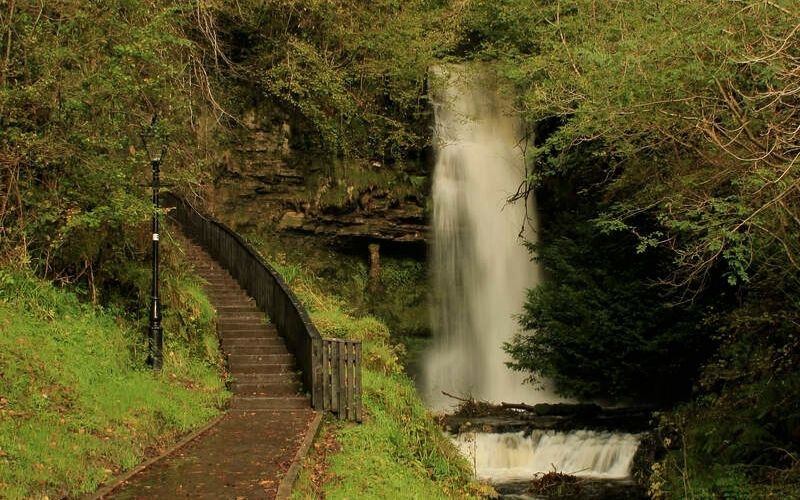
More information: LeitrimTourism.com.
Parke’s Castle
Located on the picturesque shores of Lough Gill, this restored 17th-century castle was once the home of Robert Parkes and his family, while there is evidence that a tower may have stood on the grounds from as early as the 16th century.
Restored using Irish oak and traditional craftsmanship, Parke’s is a true plantation-era castle, having been built on the site of the original O’Rourke family castle. It offers great views of the Lough from its grounds and from its walls. Just a short distance away, the ruin of a further O’Rourke Castle, Castle Duroy, can be found.
Parkes Castle, County Leitrim. (Ireland's Content Pool)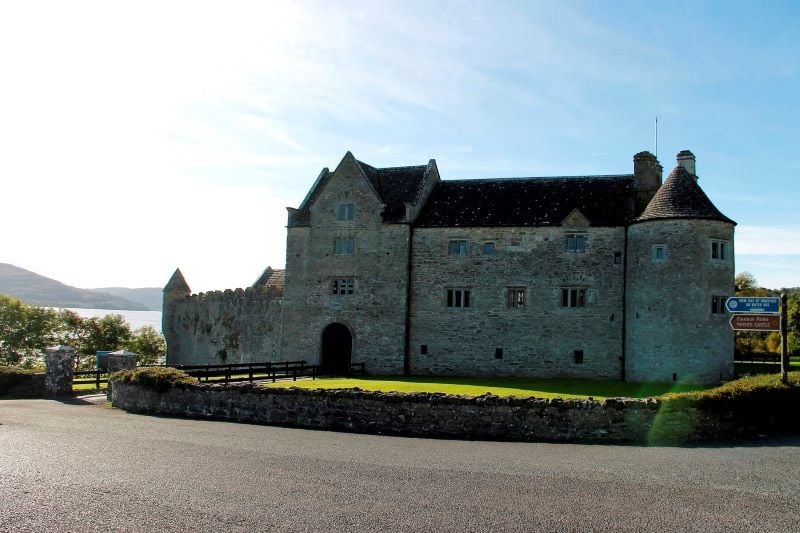
More information; HeritageIreland.ie.
The Shannon Blueway
The best way to view Ireland’s longest river is to get out onto the water or explore its banks. The first of its kind in Ireland, the Shannon Blueway is an easy-to-navigate system of trails on water or land-based that will help you see the best of the Lough Allen Canal and River Shannon from Drumshanbo to Leitrim Village. Whether you jump into a kayak, take the more adventurous paddleboard route, spin along the banks on a bike, or take it in through a walk, there is something to keep the whole family entertained and ensure you see the best of the river in the earlier stages of its journey to the ocean.
The Shannon Blueway, Drumshanbo, County Leitrim. (Ireland's Content Pool)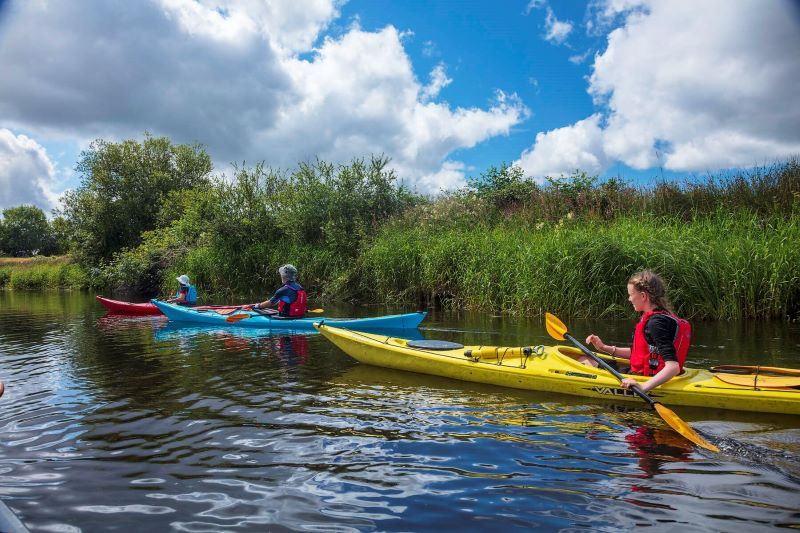
More information: LeitrimTourism.com.

Are you planning a vacation in Ireland? Looking for advice or want to share some great memories? Join our Irish travel Facebook group.
The North Leitrim Glens
People may forget that Leitrim is part of the Wild Atlantic Way, but the North Leitrim Glens will remind them why it earns its place among the best of them. The seven delightful green glens of this region are Glencar, Glenfarne, Glenaniff, Glenboy, Glenkeel, Gleniff, and Glenade, each and every one of them a great walking spot for families. They are relatively off the beaten track when compared to the glens of other more popular tourist destination counties. If you’re lucky enough to find yourself visiting at the end of March, you may just catch the North Leitrim Glens Hillwalking festival with plenty of experts to show you around, but the glens are fairly easy to navigate at most times of the year.
More information: DiscoverIreland.ie
Costello Memorial Chapel
Nestled safely in the beautiful town of Carrick-on-Shannon is one of the most romantic gestures ever to happen in Ireland! The cute little Costello Chapel was built in 1877 by a local merchant Edward Costello on the passing of his wife Mary. On his own death, he was laid by her side and the coffins are still visible today resting beneath glass panels beneath the stained-glass window of the church.
The chapel was completed in 1879 and Mary Costello was embalmed and laid in a metal coffin in a sunken space to the left of the entrance while her husband took his place to the right when he died in March 1891. Although Mass was celebrated in the chapel each Friday until Costello’s death, no service has taken place there since.
Costello's incredible memorial to his wife is now in the record books as it is the second smallest chapel in the world; the only chapel smaller is reputed to be somewhere in the Holy Land. At just sixteen feet long by twelve feet wide, the chapel covers only 192 square feet and is definitely the smallest structure of its kind in this part of Europe.
More information: CostelloMemorialChapel.com.
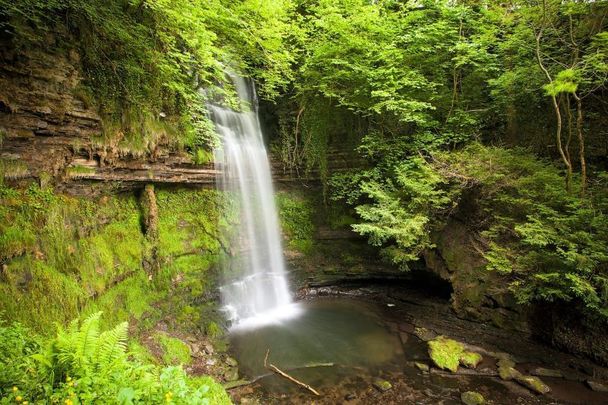
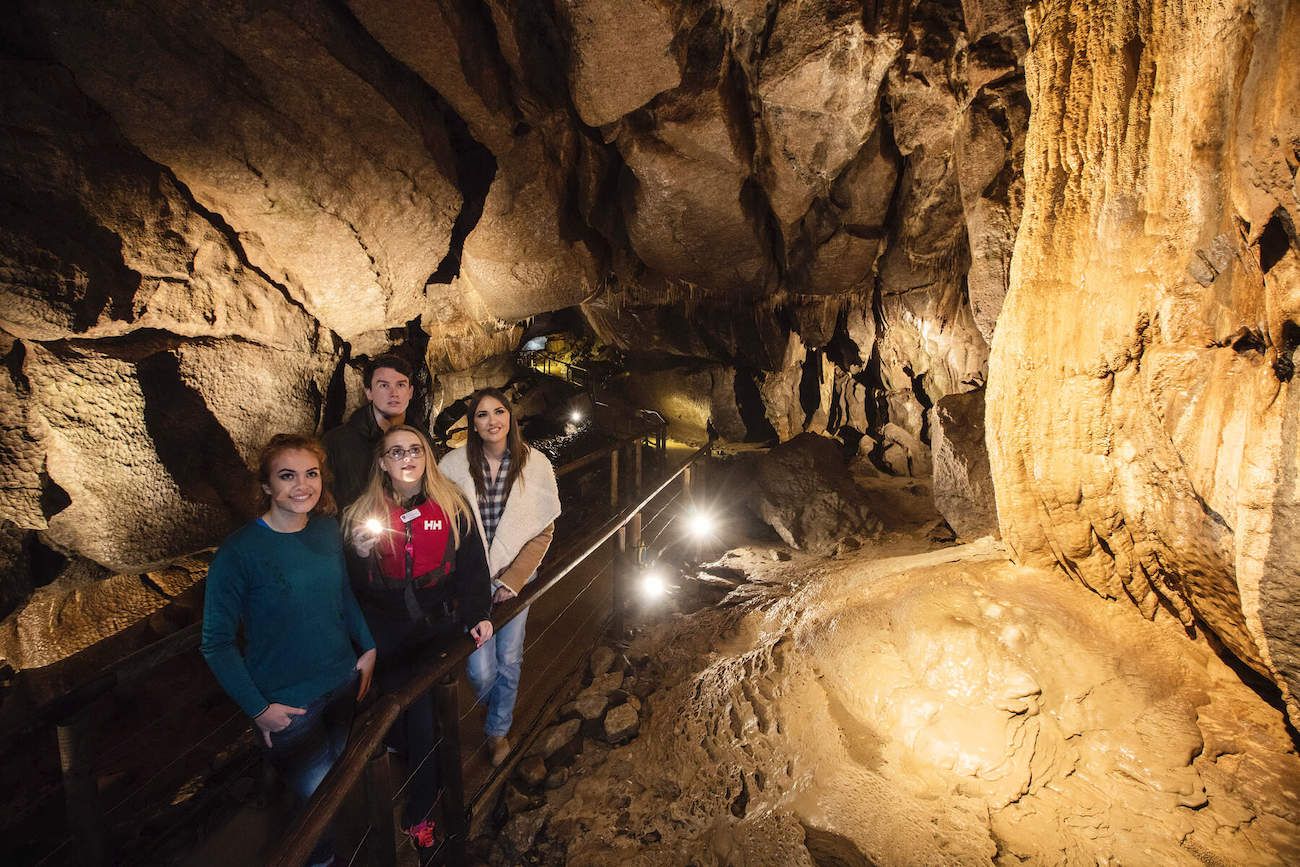
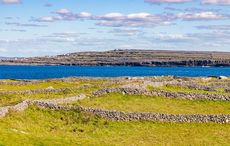
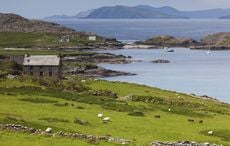
Comments